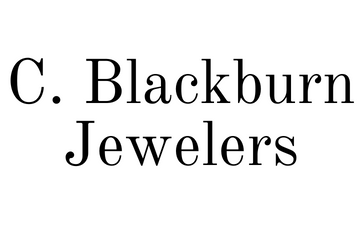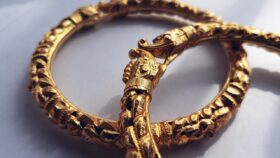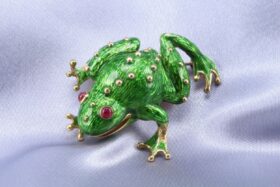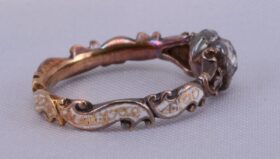
01 Oct Identifying Vintage, Antique & Estate Jewelry
Identifying vintage and antique jewelry is sometimes easy. However, it often can be quite difficult. Even with our 25+ years of experience as estate jewelers, there can be times when it takes detective work to identify an item brought into our La Jolla jewelry store. This is why it’s not only essential to have “hands-on” knowledge of vintage and antique jewelry. It also requires a familiarity with the best estate jewelry books and resources.
In this post we will give you a quick primer on estate jewelry in San Diego, a launching point from where you can begin to learn how to identify the vintage, antique, or other fine jewelry that you own.
The 3 Categories of Estate Jewelry
Estate jewelry comes in three main categories: antique (over 100 years old), vintage (over 40 years old), and contemporary (from the 1980s to the present). These distinctions are important because they often impact the jewelry’s worth.
Estate jewelry isn’t limited to heirlooms; it includes any pre-owned piece. Identifying antique and vintage pieces requires (in part) an understanding of how jewelry styles have changed over time. These changes correspond with popular trends in designs, colors, and even preferred stones.
For instance, during the Edwardian period, platinum became prominent. Pieces were adorned with intricate filigree work, diamonds, colored stones, and pearls. Art Nouveau jewelry embraced flowing designs, depicting women, animals, insects, and flowers.
In contrast, Art Deco jewelry featured abstract geometric forms, a departure from the previous organic motifs. The Retro period saw the dominance of pink and rose gold, accompanied by the popularity of rubies.
To understand these styles, research and observation are essential. Platforms like eBay provide opportunities to explore various jewelry pieces, offering insights into different eras and their market values.
Museums and antique malls showcase jewelry from diverse periods, offering valuable hands-on learning experiences. Reference books and websites can deepen your understanding, but nothing beats engaging with actual pieces under expert guidance.
When identifying jewelry, try to consult reputable dealers who are passionate and knowledgeable about their craft. They can answer your questions and guide you in learning about different styles. At C. Blackburn Jewelers we are happy to discuss with you the pieces you own, regardless if you are selling your item to us!
Be aware that styles often overlap, and motifs can reappear in different eras. Therefore, while style is a significant clue, examining multiple elements is key to accurately identifying a piece of jewelry.
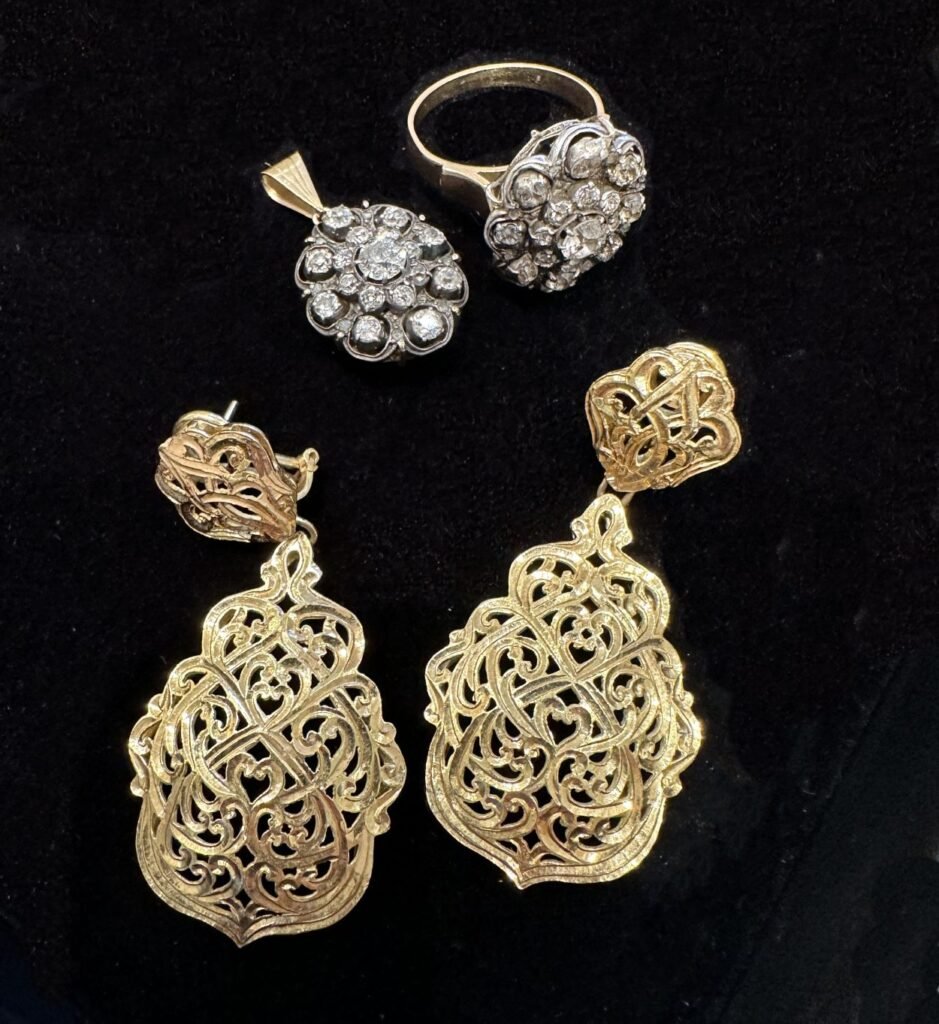
Fittings, Findings, and Hallmarks
Fitting, findings, and hallmarks are three elements of fine jewelry that can help you identify the piece that you own.
Jewelry findings, which encompass clasps, pin stems, hinges, and more, are integral components used in jewelry assembly. These standardized parts, along with custom-made fittings, have evolved over time. Understanding the historical popularity of specific components aids in dating antique or vintage pieces.
For instance, earring clasps have undergone notable transformations. The screw back clasp emerged in the 1890s, followed by the post and butterfly clasp in the 1920s, and the omega back clasp in 1960. While some vintage styles persist, they often feature modifications in contemporary designs.
Brooch fittings have also seen significant changes. Tube hinges, older than ball hinges, and the C clasp, predating safety clasps, provide valuable dating cues.
Brooches from the mid-1800s are identifiable if the pin shaft extends beyond the brooch’s edge. However, alterations to clasps, like replacing a C clasp with a safety clasp, can diminish a piece’s value.
Hallmarks stamped onto jewelry encompass purity marks, maker’s marks, and identifiers for retailers, designers, patents, and inventories. While a thorough exploration of jewelry hallmarks is vast, a few important aspects are as follows.
Purity marks indicate metal type and purity level. For instance, “925” signifies sterling silver, containing 92.5% pure silver.
Historically, sterling silver jewelry was marked as “Sterling,” “Ster,” or “STG” until the 1940s. Gold jewelry bears purity indicators like “18K” or the European “750.” In Great Britain, a gold purity mark may display as “ct.”
Maker’s marks are akin to signatures and can aid in the dating of vintage and some antique jewelry. However, many antique pieces have no maker’s mark.
Pre-1955 U.S.-made jewelry bore patent numbers or “Pat Pending,” while post-1955 pieces often feature a © symbol accompanying the manufacturer’s name. A common misconception is assuming a patent number always signifies a pre-1955 piece. This is not true. Always be diligent in your research.
Using a jeweler’s loupe (and often the naked eye), one can locate hallmarks such as these, typically found on the back of brooches, inside ring shanks, or within earring backs.
Sell Estate Jewelry in San Diego
Are you looking to sell your vintage, antique or estate jewelry in San Diego? At C. Blackburn Jewelers of La Jolla, we offer free appraisals and fair cash offers for all types of gold and platinum jewelry, including antique diamond rings, necklaces, and earrings. Contact us today for assistance in uncovering the secrets behind your precious pieces.
To get a preliminary cash appraisal of your estate jewelry, call 858-251-3006 or send a text message with photos to: 619-723-8589.
